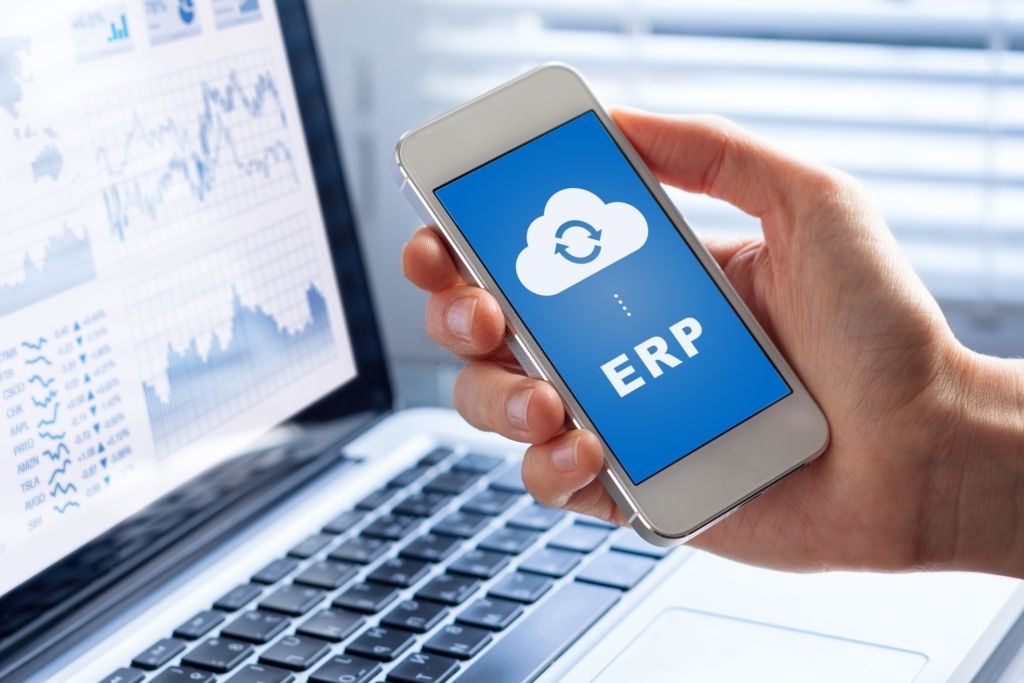From understanding unique new features to mastering the adoption process, simplify your financial transactions thought virtual card knowledge.
Why Digital Transformation Matters in 2023
As the world continues to become digitized, it’s increasingly becoming vital for companies to embrace business transformation to remain competitive. In 2023, this need will be more pressing than ever. Digital transformation isn’t just about updating technology but...
How to Choose the Best AP Integration for Your ERP
ERP systems are designed to integrate with other systems to provide a more efficient way of doing business. The best ERP integration solutions allow companies to share data and information across multiple departments, making it easier for employees to work together....
3 Smart Tools for Procurement Teams for 2023
Businesses around the globe are turning digital, thanks to the major digital revolution happening right as we speak. According to surveys, 89% of global businesses have either adopted a digital business strategy or are planning to do so soon. Various tools can take...
The Rise of Crypto and its Future in AP
Cryptocurrencies are all the buzz right now especially following Elon Musk’s Saturday Night Live debut. Musk has been publicly tweeting about the cryptocurrency Dogecoin. His backing of this coin has made the coin rise in value in a very short amount of time. Elon's...
7 Things to Know about On-Premises to Cloud Migration
In the process of incorporating new technologies in small and medium-sized enterprises, the Cloud continues to be the most important. It’s also the one that helps the most in improving day-to-day operations of most businesses by facilitating the reduction of time in...





